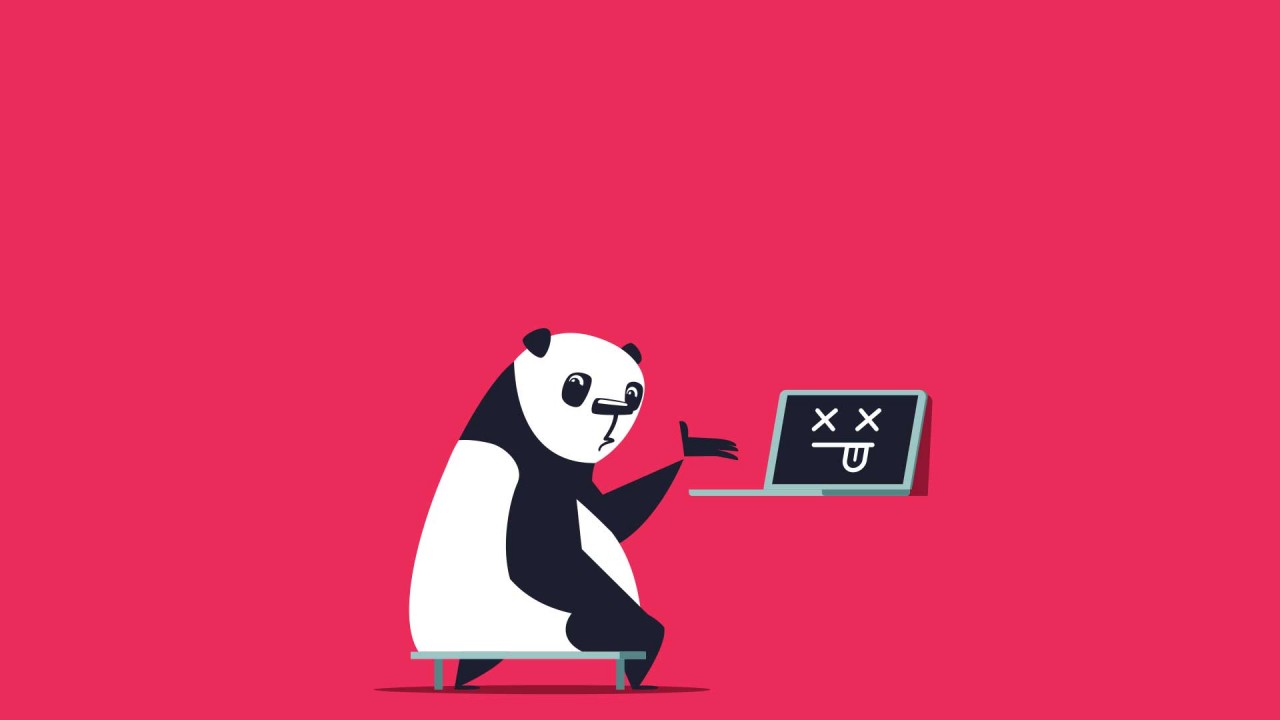.
Five things you need to know about creativity and why you’re probably funnier than a computer
Creativity is a sought-after commodity. But is it just something we’re born with or is it something we can learn? Studies of the most creative people reveal surprising insights and show us how we can switch on our own creativity.
Here are five things you should know:
Be in the right mood.
We are at our most creative when we are in the place between awake and asleep (the hypnogogic state). In order to exploit this to the fullest, surrealist artist Salvador Dali would sit in a comfy chair holding a spoon above a plate and allow himself to drift off. As his hand relaxed, the noise of the spoon dropping on the plate jolted him back to consciousness and he would then frantically write down his ideas. Leonardo Da Vinci gazed at a log fire to clear his mind before sketching his fantastical inventions. You could try these techniques. If you don’t have a log fire or a spoon to hand you could listen to classical music, go for walk, or if like me, you live in Manchester, watch raindrops on a window until you go all hypnogogic.
Generate loads of ideas.
The most creative people don’t just have one brilliant idea, they have hundreds but only pick out the most promising to work on. Research psychologist Adam Grant discovered that composers Mozart, Bach and Beethoven wrote the most compositions (400-600), twice as many as the other top one-hundred composers, yet they’re remembered for their best work. Generate as many ideas as you can. If you decide later some of them are not good that’s fine. Concentrate on quantity not quality, let your ideas spill out. People will only have to see your best. Nobel prize winning chemist Professor Sir Harold Kato said: “Nine out of ten of my experiments fail and that is considered a pretty good record amongst scientists.”
Judge the quality of the ideas later.
Generate ideas until they dry up. Pick out the best ones retrospectively. Researcher Frank Barrett observed jazz musicians during improvisation sessions and discovered this important aspect of creativity. Stopping in the middle to decide disrupts the whole process. This is because we’re using different parts of the brain to generate and critique ideas. The Thinking Hats approach developed by Edward De Bono applies this concept.
Learn the rules of creativity for the field you’re in.
Expert in AI and creativity, Margaret Boden, suggests understanding the rules will unleash creativity. For example, most pop songs have predictable rules regarding verse/chorus sequence, length and chord progression. Learn the rules, apply them and you create a pop song. She also suggests that breaking one of the rules can create a new genre. Sasha Petrov and David Matthews, researchers from Edinburgh University, wrote a computer program to write jokes. The format was ‘I like my (x) how I like my (y), with (z)’, where z = something x and y have in common. The computer program was judged to have a 16% success rate at creating funny jokes compared to 33% for humans. A variant of this technique is described in most stand-up comedy books and courses. Pulling two random ideas together can be creative. Our brains love pondering new combinations of ideas as it releases a satisfying dopamine hit.
Practice one or more of the above ideas to boost your creativity.
As the above research shows, forcing a team to attend a ‘brainstorming’ or ‘idea shower’meeting at a set time and expecting them to produce a new company logo or mission statement there and then may not be the best approach. Pressure and expectation suffocate the creative process. This is why we’re at our most creative when we’re young. When NASA developed a genius test (it’s essentially a creativity exercise) 2% of applicants passed. When four and five-year olds sat the test the pass rate was 98%. This is because children apply the five ideas presented until it is taught out of them.
David Hodgson is a Laughology Associate who delivers a wide range of courses including Creative and Innovative Thinking for Problem Solving
References and further information:
David Hodgson, The Buzz, 2015.
Margaret Boden, The Life Scientific, Radio Four, 2014.
Michael Michalko, The Creativity Post, July 2012.
Sasa Petrov and David Matthews, University of Edinburgh, ‘Unsupervised joke generation from big data’ 2013.
Adam Grant, Organisational Psychologist, ‘The Surprising Habits of Original Thinkers’ TedTalk 2016.
Win Wenger, The Einstein Factor, Harmony, 1995.
George Land and Beth Jarman, Breakpoint and Beyond: Mastering the Future-Today, 1992.
Rafiq Elmansy, Disney’s Creativity Strategy: The Dreamer, The Realist and The Critic, designorate.com, 2018.
Frank Barrett, ‘Coda-creativity and Improvisation in Jazz and Organisations’,
Organisation Science 9 (5), 2014.
























